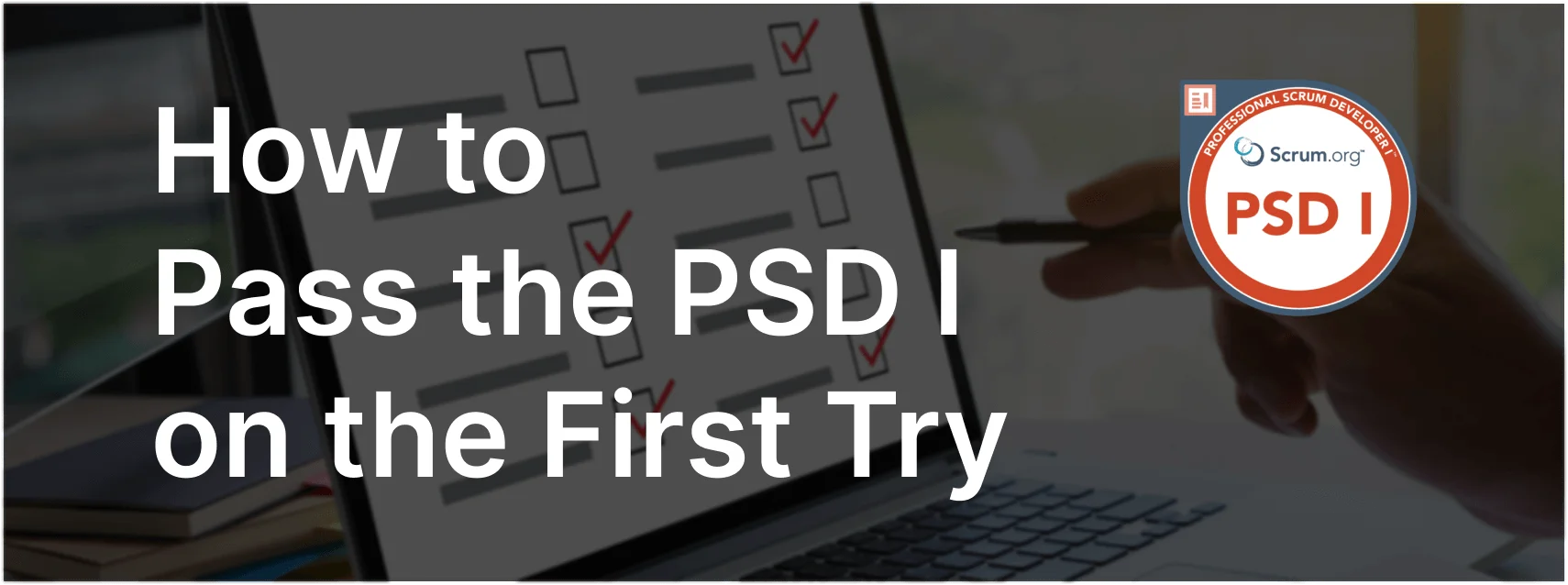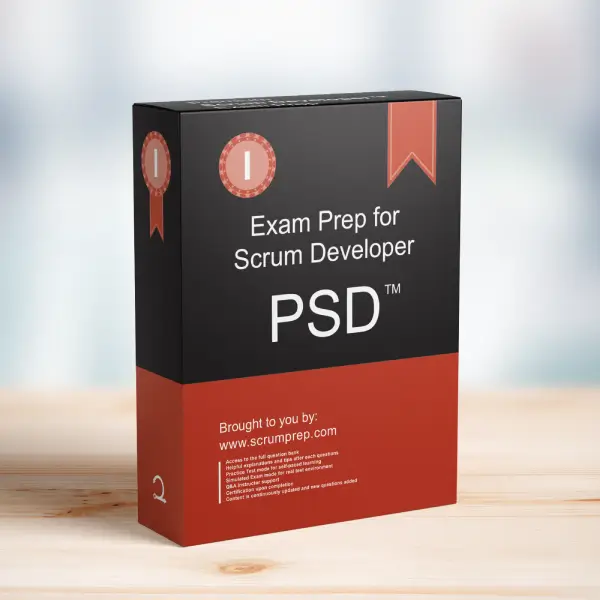Understanding the Use of Mock Objects in Unit Tests
Mock objects are commonly used in unit testing to simulate the behavior of real objects, allowing for more controlled and isolated tests.
Exam Question
What are two reasons to use mock objects in unit tests?
(choose the best two answers)
A. They are machine-generated and eliminate the need to write code by hand.
B. Isolating a particular system component for controlled testing.
C. The behavior of a given object can be emulated to the system under test.
D. TDD is impossible without them.
E. To decrease cyclomatic complexity.
Correct Answers
B. Isolating a particular system component for controlled testing.
C. The behavior of a given object can be emulated to the system under test.
Explanation
Correct Answers
B. Isolating a particular system component for controlled testing:
Mock objects are used to isolate the specific component or unit under test by simulating the behavior of its dependencies. This isolation is crucial in unit testing because it ensures that tests focus solely on the functionality of the unit in question without being influenced by the behavior or state of other components.
C. The behavior of a given object can be emulated to the system under test:
Mock objects allow developers to emulate the behavior of real objects in a controlled manner. This is particularly useful when the real objects are difficult to instantiate, have unpredictable behavior, or are slow. By using mocks, developers can simulate specific scenarios, such as returning particular values or throwing exceptions, to verify how the unit under test handles these situations.
Why the Other Options Are Less Appropriate
A. They are machine-generated and eliminate the need to write code by hand:
While some tools can generate mock objects, they do not eliminate the need for manual coding or thoughtful test design. Mock objects require careful configuration to accurately represent the behavior of the real objects they are simulating.
D. TDD is impossible without them:
Test-Driven Development (TDD) does not require the use of mock objects. While mocks can be helpful in TDD, especially when testing units with dependencies, TDD can be practiced with or without mocks, depending on the context.
E. To decrease cyclomatic complexity:
Mock objects do not directly decrease cyclomatic complexity, which is a measure of the complexity of a program’s control flow. They are used to simplify testing by isolating dependencies, not to reduce the complexity of the code itself.
Relevance to the PSD Exam
Understanding the role of mock objects in unit testing is crucial for the PSD exam, as it highlights the importance of isolating components and emulating behavior to conduct effective tests.
Key Takeaways
- Mock objects help isolate components in unit tests, ensuring that tests focus solely on the unit’s functionality without external influences.
- They allow for emulation of object behavior, enabling developers to simulate various scenarios and test how the unit handles them.
- Mock objects are a powerful tool in unit testing but require careful configuration to accurately represent the real objects they replace.
Conclusion
Mock objects are essential tools in unit testing that enable developers to isolate specific components and emulate the behavior of dependencies. This approach allows for more controlled and accurate tests, ensuring that the unit under test behaves as expected in various scenarios. For more information on preparing for the PSD exam, visit our Professional Scrum Developer PSD™ Exam Prep.



